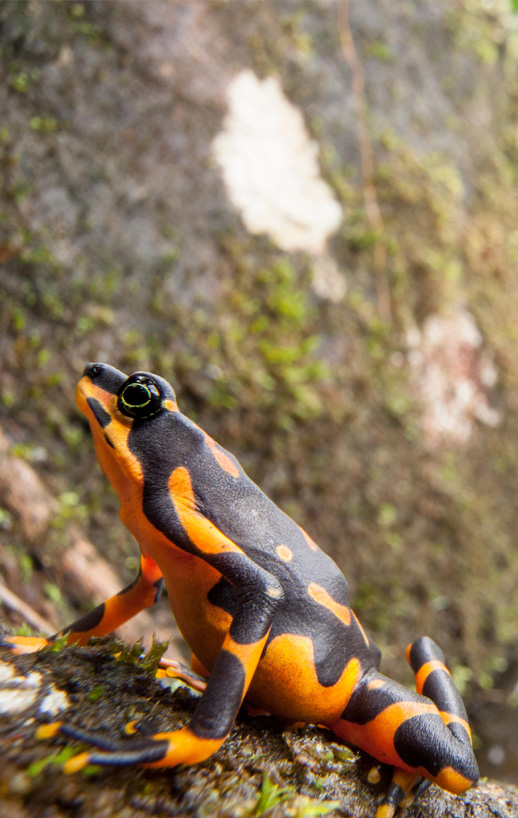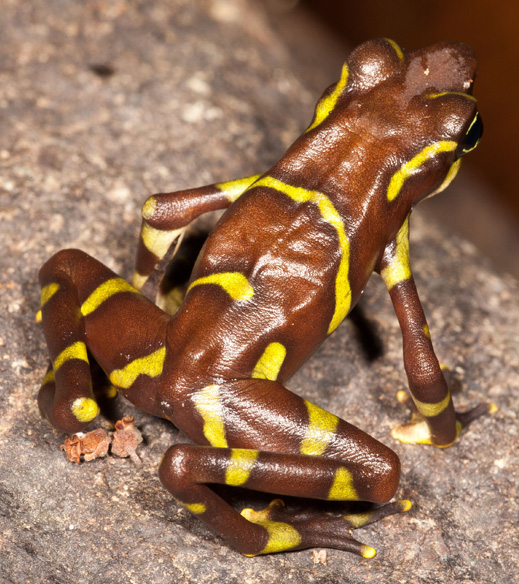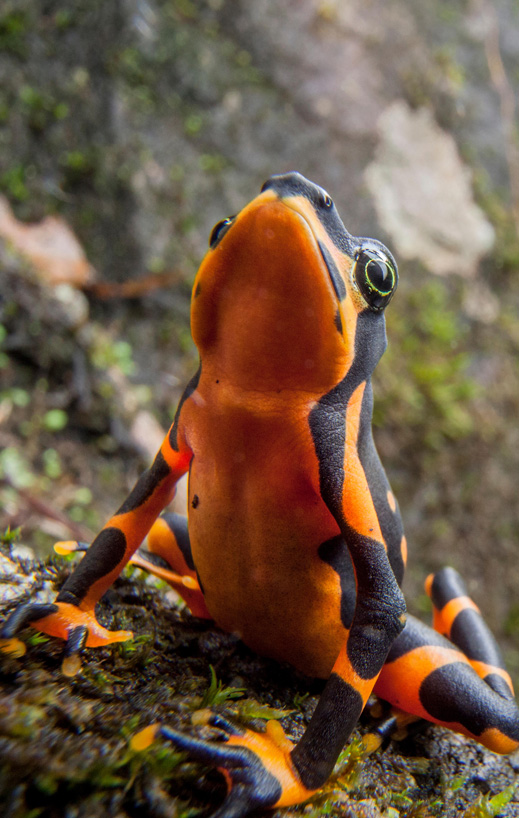Conservation of the Panamanian Harlequin Frog
The decline of Atelopus species has been widely reported, and their restricted ranges and habitat make them highly vulnerable. The variable harlequin toad (Atelopus varius) started to disappear from its original distributional range in 1988 due in part to the spread of an infectious disease. In less that 20 years known populations have disappeared, but an unaffected population
has been found situated in the Santa Fe National Park in Panama. However, with the construction of a new road traversing the park, the increasing interest for uncontrolled development and the unknown impact these may have on this and unknown yet populations it appears that the future maybe hanging in the balance.




A MONITORING PROGRAM
Without information obtained from a monitoring programme, observed changes or impacts cannot be accurately understood or measured, and further actions may pose a risk to released animals and interactions within their wider ecology. Particular reference is made regarding the spread of Bd and Bsal, ranaviruses, and other pathogens, and their effects on amphibean communities.
Considering that post-Bd infection survival rates can vary within species, and that community composition has an effect on rapidly evolving Bd strains, there are considerable uncertainties as to the dynamics of interaction between Atelopus frogs, Bd, and the environment.
FORG FESTIVAL
With funds provided by the University of Manchester and private donations we develop the Harlequin frog Festival every year in Panama. The educational activities raise awareness about the rapid disappearance of this specie due to diseases, and predators, and habitar destruction.Please consider supporting this initiative by sponsoring a frog with the University of Manchester. Proceeds go towards supporting the important education and amphibian conservation interventions in Santa Fe National Park, Panama, protecting the critically endangered Harlequin frogs.You can also support Amphibian conservation by planting a native tree with us, please check our tree planting website called LEAF | trees for wildlife today